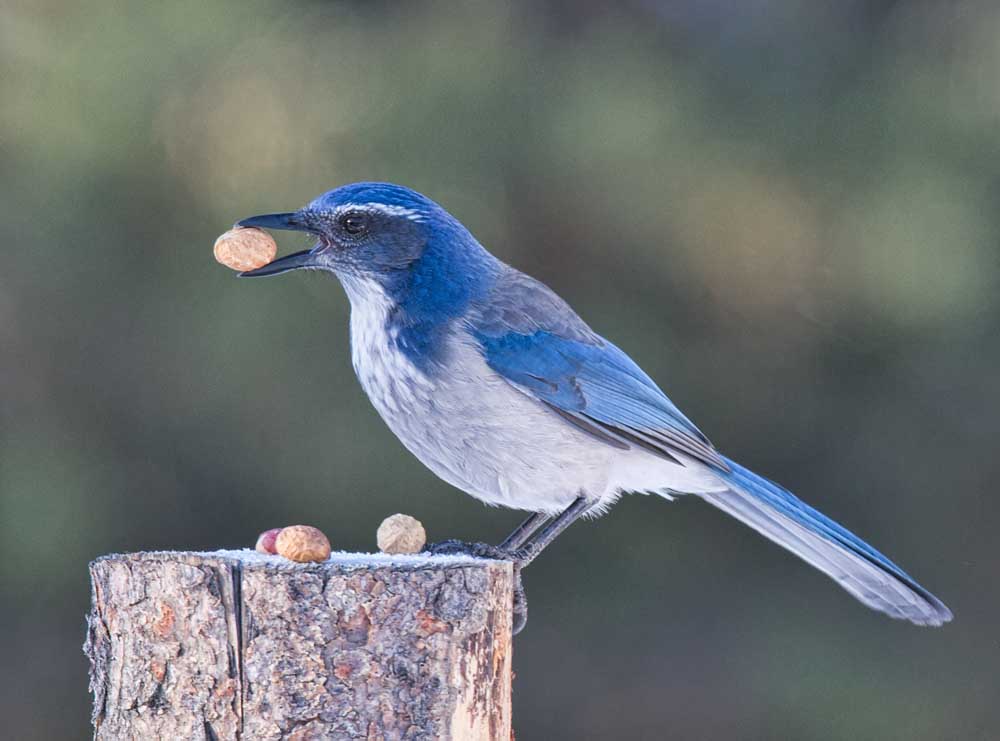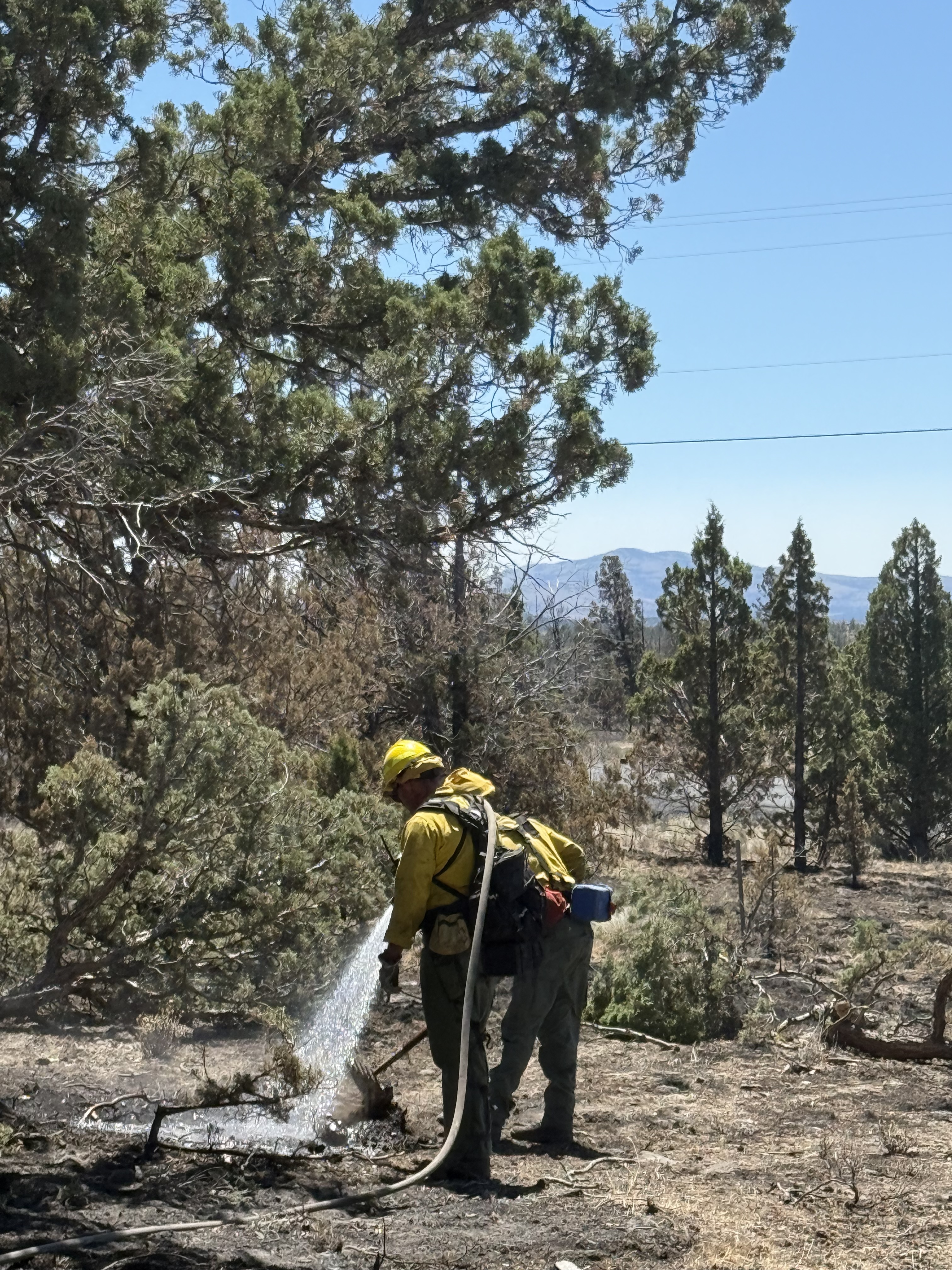Bird watch: California scrub-jay
Published 5:13 am Thursday, February 23, 2017

- California scrub-jay(Aphelocoma california)Weight: Under 3 ouncesLength: 11 inchesSignature: Crestless with deep blue color above(For the Bulletin/Tom Lawlor)
Continuing on the subject of jays, let’s discuss another familiar jay in the Central Oregon area. The jay for this article was split into two species last July. That always gets birders excited, because now we can add one more bird to our lists! This bird, prior to the split, was known as the Western scrub-jay. It is now know as the California scrub-jay and Woodhouse’s scrub-jay. Don’t look for California scrub-jay in your bird books. It will take a while for printed bird books to catch up with the species split.
The California scrub-jay is the bird found in our region and the focus of this article. The Woodhouse’s range is the Western/Southwestern interior species and may be found in the eastern areas of Oregon. The scientific name of the California scrub-jay is Aphelocoma californica. It kept the scientific name of the Western Scrub-Jay. Aphelocoma has Greek origins and means “simple hair”. Californica means “of California.” Jays are members of the highly intelligent corvid family.
Trending
The California scrub-jay is a widespread, nonmigratory bird that occupies dry scrub areas of Washington, Oregon, California and down into Baja California. It also occupies pine forests and pinyon-juniper habitats which are found in our area. This crestless jay has a deep blue color above, a blue breast band, grayish/brown on the back, prominent white eyebrow, white throat and grayish belly. It has a 16-inch wingspan and body length of 11 inches. It weighs less than 3 ounces. Its call is a loud, harsh, scolding raspy shreep often followed by a series of check-check-check. California scrub-jays are social and often found in small family groups. Mated pairs will often stay together throughout the year or several years.
This bird is an omnivore and will eat fruits, grain, insects, small reptiles and amphibians and eggs and young of other birds. They will come to feeders for seeds and suet.
Where I live, in a pine forest dominated by lodgepole pines, this is a late fall, winter and spring bird. During the other months, the bird moves to habitat more suitable for breeding and raising young. When present, this bird will stealthily sit in a tree and watch me put out peanuts for squirrels. It will then take every one of those peanuts and cache them for later use.
Get out and enjoy the birds.
— Tom Lawler is an avid bird watcher and photographer. He serves on the East Cascades Audoubon Society board and leads bird walks at the Sunriver Nature Center.








